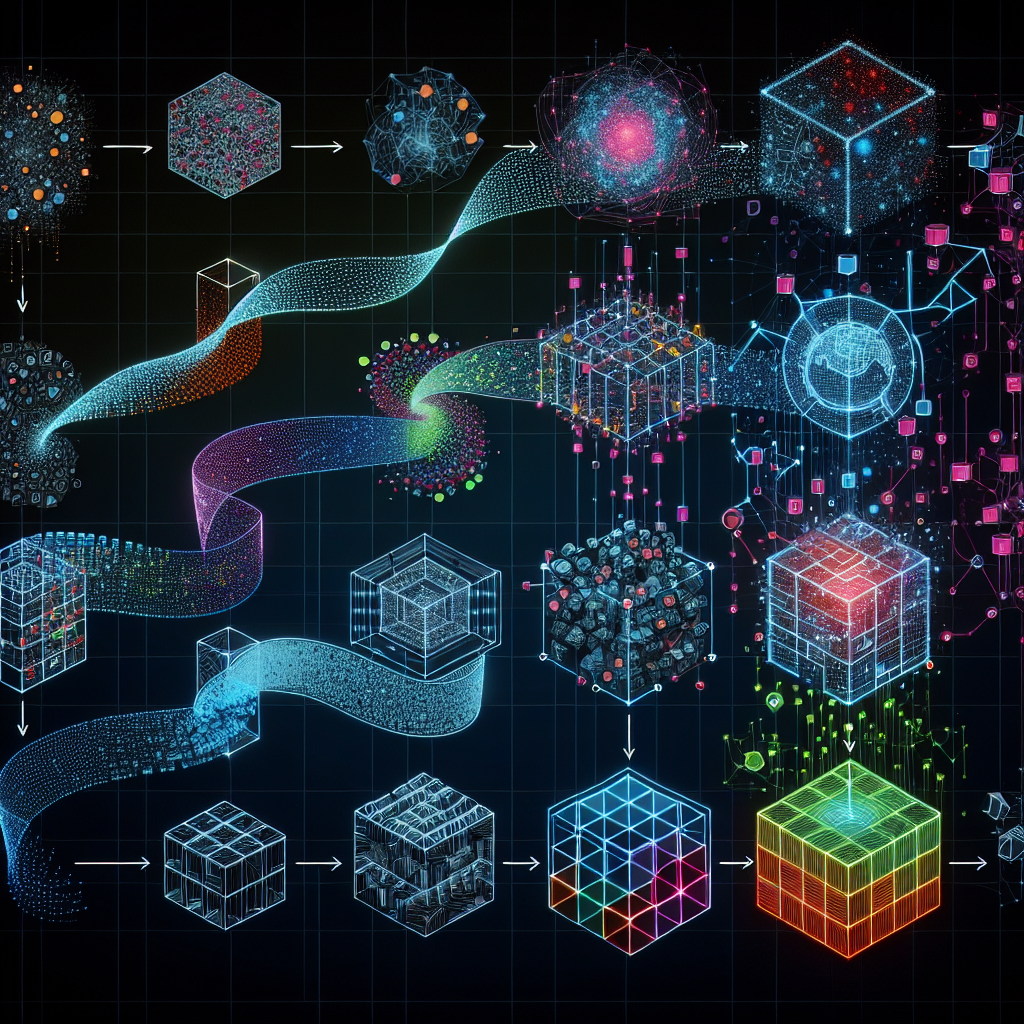The Evolution of AGI: From Theory to Reality
Artificial General Intelligence (AGI) has long been a fascination for scientists, researchers, and science fiction enthusiasts alike. The concept of a machine possessing human-like intelligence, capable of learning, reasoning, and problem-solving across a wide range of tasks, has captured the imagination of many for decades. But the road to achieving AGI has been a long and complex one, filled with challenges, breakthroughs, and ethical considerations.
In this article, we will explore the evolution of AGI from its theoretical beginnings to the current state of research and development. We will delve into the key milestones, major players, and potential implications of AGI, as well as address some common questions and concerns surrounding this groundbreaking technology.
The Early Days of AGI
The concept of AGI can be traced back to the early days of artificial intelligence research in the 1950s and 1960s. Researchers like Alan Turing and John McCarthy laid the groundwork for the field, exploring the idea of creating machines that could think and reason like humans.
One of the key milestones in the development of AGI was the creation of the first neural network in 1958 by Frank Rosenblatt. This early form of artificial intelligence was inspired by the structure and function of the human brain, using interconnected nodes to simulate neural connections and learning processes.
Throughout the following decades, research into AGI continued to progress, with advancements in machine learning, natural language processing, and robotics bringing us closer to the goal of creating truly intelligent machines. However, achieving AGI remained a distant dream, with many technical and ethical challenges still to be overcome.
The Rise of Deep Learning
In recent years, the field of artificial intelligence has seen a revolution thanks to the rise of deep learning. This powerful technique, which involves training artificial neural networks on large amounts of data to recognize patterns and make predictions, has led to significant advances in areas like image recognition, speech recognition, and natural language processing.
Deep learning has brought us closer than ever to achieving AGI, with some experts predicting that we could see the first truly intelligent machines within the next few decades. Companies like Google, Facebook, and OpenAI are investing heavily in research and development in this area, with the goal of creating machines that can learn and adapt to new tasks and environments.
Challenges and Ethical Considerations
Despite the progress that has been made in the field of AGI, there are still many challenges and ethical considerations to be addressed. One of the biggest challenges is the issue of “explainability” – how do we ensure that intelligent machines are transparent and accountable for their decisions and actions?
There are also concerns about the potential impact of AGI on the job market, as intelligent machines could potentially replace human workers in a wide range of industries. This raises questions about how we can ensure that the benefits of AGI are shared equitably among all members of society.
Another major ethical consideration is the issue of control – how do we ensure that intelligent machines remain under human control and do not pose a threat to our safety and security? This is a complex and multifaceted issue that will require careful consideration and collaboration between researchers, policymakers, and industry leaders.
The Future of AGI
Despite the challenges and ethical considerations surrounding AGI, the future looks bright for this groundbreaking technology. Researchers are making rapid progress in the field of artificial intelligence, with new breakthroughs and innovations being announced on a regular basis.
One of the key areas of focus for the future of AGI is the development of “hybrid” systems that combine the strengths of artificial intelligence with human intelligence. These systems could help us to overcome the limitations of current AI technologies and achieve truly intelligent machines that can learn, reason, and solve problems like humans.
It is also possible that AGI could lead to new opportunities and advancements in fields like healthcare, education, and environmental conservation. Intelligent machines could help us to tackle some of the biggest challenges facing humanity, from curing diseases to mitigating climate change.
FAQs
Q: How close are we to achieving AGI?
A: While significant progress has been made in the field of artificial intelligence, achieving AGI remains a complex and challenging goal. Some experts predict that we could see the first truly intelligent machines within the next few decades, while others believe that it could take much longer.
Q: What are the potential benefits of AGI?
A: AGI has the potential to revolutionize a wide range of industries, from healthcare to transportation to entertainment. Intelligent machines could help us to solve some of the biggest challenges facing humanity, from curing diseases to mitigating climate change.
Q: What are the ethical considerations surrounding AGI?
A: There are many ethical considerations to be addressed when it comes to AGI, including issues of transparency, accountability, and control. Researchers, policymakers, and industry leaders will need to work together to ensure that intelligent machines are developed and deployed in a responsible and ethical manner.
Q: Will AGI replace human workers?
A: There is concern that AGI could lead to job displacement in a wide range of industries, as intelligent machines could potentially perform tasks more efficiently and accurately than humans. However, there are also opportunities for new jobs and industries to emerge as a result of AGI.
In conclusion, the evolution of AGI from theory to reality represents a major milestone in the field of artificial intelligence. While there are still many challenges and ethical considerations to be addressed, the potential benefits of AGI are vast and far-reaching. By working together to overcome these challenges, we can harness the power of intelligent machines to improve our lives and create a better future for all.

